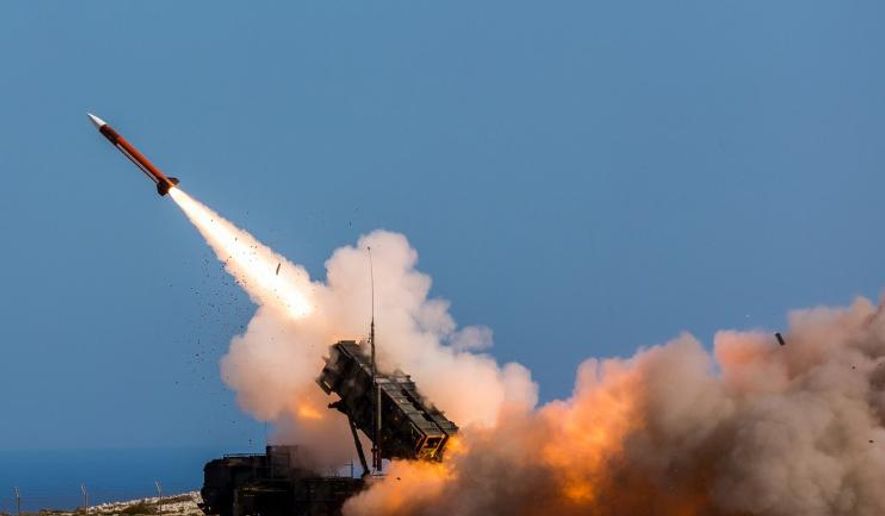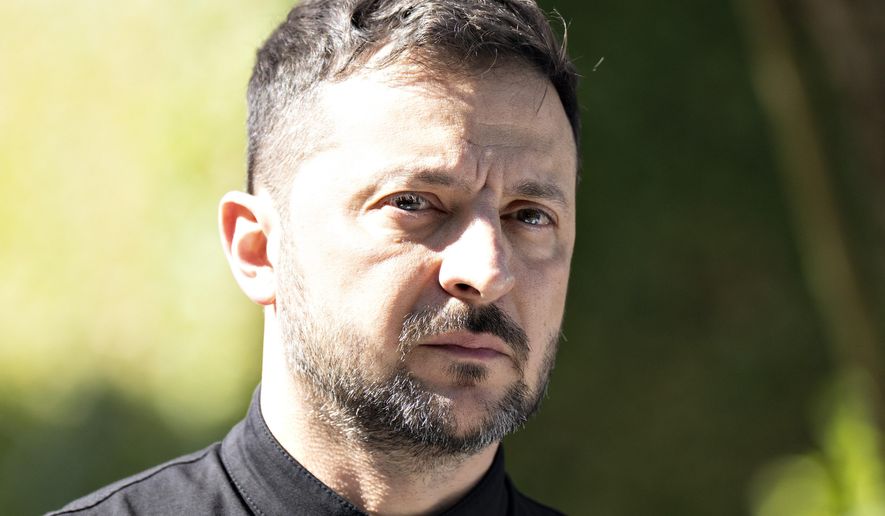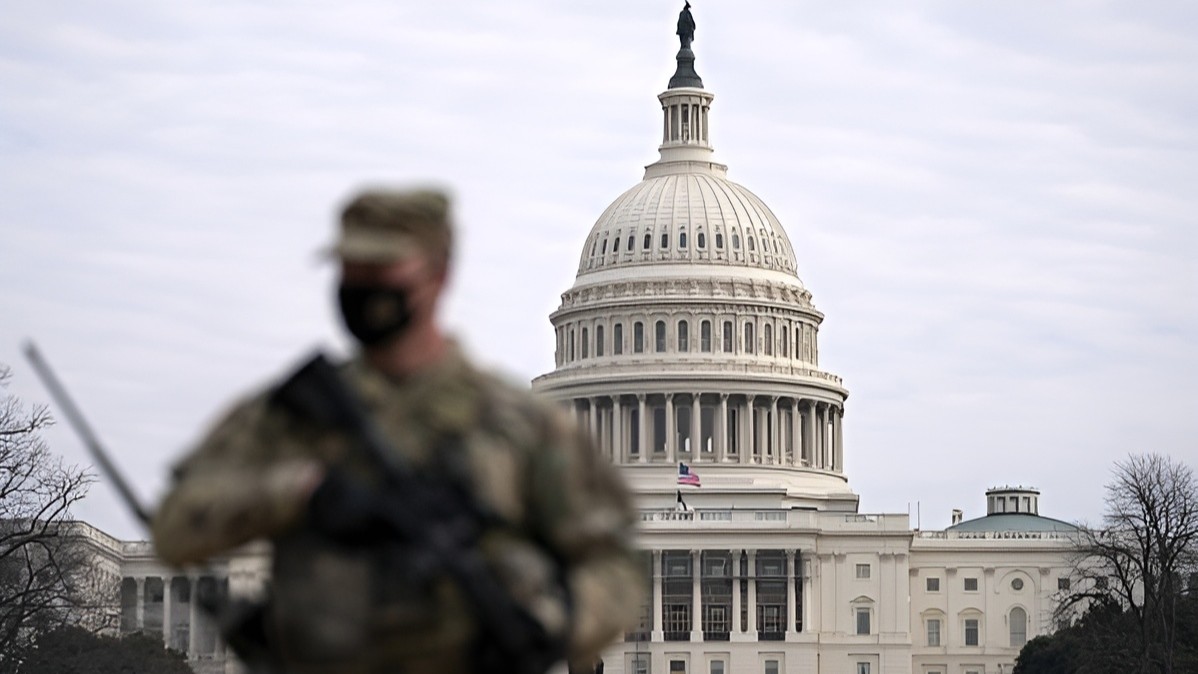
Vaughn Cockayne | August 17, 2025
(The Washington Times) — As U.S. rivals dedicate enormous resources to developing next-generation threats that can circumvent traditional defense, the Army is working to create systems that can thwart that peril, a top general told Threat Status.
Lt. Gen. Sean Gainey, who leads the Army Space and Missile Defense Command and the Joint Functional Component Command for Integrated Missile Defense, told Threat Status that the Army is taking the lead on missile defense.
The general pointed to successful demonstrations of U.S. missile defense superiority in Israel and Ukraine, with Patriot and Terminal High Altitude Area Defense systems neutralizing multiple targets. Still, he admitted that the speed of technological development makes adequate missile defense a challenge.
“The rapid evolution of drone warfare is making it a complicated environment to defend against these several different types of threats,” he told Threat Status. “They’re applying ballistic missiles, cruise missiles and drones simultaneously and timing them to be able to overwhelm the operator and confuse the operator. So that’s the most significant change we’re seeing on the battlefield.”
U.S. missile defense technology likely came in handy during Israel’s 12-day war with Iran in June. THAAD and Patriot systems intercepted the majority of missiles and drones fired from Iran, but stockpiles were quickly depleted, raising questions about how the U.S. could defend against a better-equipped enemy.
In discussion with Threat Status, Gen. Gainey stressed the importance of an “active defense” focused on eliminating targets before they can launch their payload. This strategy would include targeting missile production or launch sites with traditional kinetic force or through cyber warfare.
“Right now we focus a lot on active defense with our active sensors and shooters, but we believe we have to leverage also missile defeat in totality, being able to go after supply chains, the stockpile before it’s even shot to reduce the number of interceptors that we have to engage on a battlefield because if you see some of the recent conflicts in either Ukraine or Israel, the mass that’s being shot by the threat and the ability to continue to generate interceptors one for one is very difficult in a protracted conflict,” he said.
Gen. Gainey also touted the Army’s Air and Missile Defense Strategy 2040, adding that the new project could solve some of the service’s defensive issues. The strategy focuses on integrating existing and emerging technologies to improve the Army’s ability to detect, track and destroy threats. He said that putting the power of an integrated sensor network in the hands of service members will increase the chances of a successful defense.
“We are moving forward with our most aggressive modernization plan in probably the last 40 years; we’re taking our command and control element, which is called the Integrated Battle Command System,” Gen. Gainey said. “IBCS is gonna allow us the ability to integrate any sensor and any shooter into our architecture, take the most advanced radars, take the most advanced interceptors and provide the operator with the ability to use a mix of those systems to get after the appropriate threat.”
That defensive architecture could include sensors from the final frontier, he said, adding that space capabilities will be crucial to an integrated defense.
“It makes sense for the Army to have capabilities to be able to protect our space capabilities, to enable our maneuver on a battlefield, enable our precision fires and to also enable our communication over the rising long distances,” he said. “So space fits perfectly in the Army’s close fight.”
Notably, Gen. Gainey didn’t mention Golden Dome, the Pentagon’s next-generation domestic missile defense shield project. Defense officials have been relatively tight-lipped on the project, and it’s unclear what role the Army Space and Missile Defense Command is playing in its development. President Trump, in May, announced that the project would cost $175 billion and be completed by the end of his term.




















